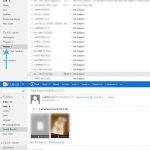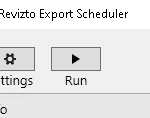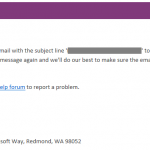2003 / 2007, using NK2 file from %appdata%MicrosoftOutlook:
How to Back up or Copy Your Outlook Auto-Complete List – About Email
2010, using MFCMAPI:
Information about the Outlook 2010 Auto-Complete list
If you have customized settings, such as toolbar settings and Favorites, that you want to replicate on another computer or restore to your computer, you might want to include the following files in your backup:
- Outcmd.dat: This file stores toolbar and menu settings.
- ProfileName.fav: This is your Favorites file, which includes the settings for the Outlook bar (only applies to Outlook 2002 and older versions).
- ProfileName.xml: This file stores the Navigation Pane preferences (only applies to Outlook 2003 and newer versions).
- ProfileName.nk2: This file stores the Nicknames for AutoComplete.
- Signature files: Each signature has its own file and uses the same name as the signature that you used when you created it. For example, if you create a signature named MySig, the following files are created in the Signatures folder:
- MySig.htm: This file stores the HTML Auto signature.
- MySig.rtf: This file stores the Microsoft Outlook Rich Text Format (RTF) Auto signature.
- MySig.txt: This file stores the plain text format Auto signature.
The location of the signature files depends on the version of Windows that you are running. Use this list to find the appropriate location:
- Windows Vista or Windows 7: DriveusersUsernameappdata, where Drive represents the drive that Outlook was installed to and Username represents the user name that Outlook was installed under.
- Windows XP or Windows 2000: DriveDocuments and SettingsUsernameLocal SettingsApplication DataMicrosoftOutlook, where Drive represents the drive that Outlook was installed to and Username represents the user name that Outlook was installed under.
- Windows 98 or Windows Me: DriveWindowsLocal SettingsApplication Data, where Drive represents the drive that Outlook was installed to.
via





Do you have Windows 8 for auto complete?